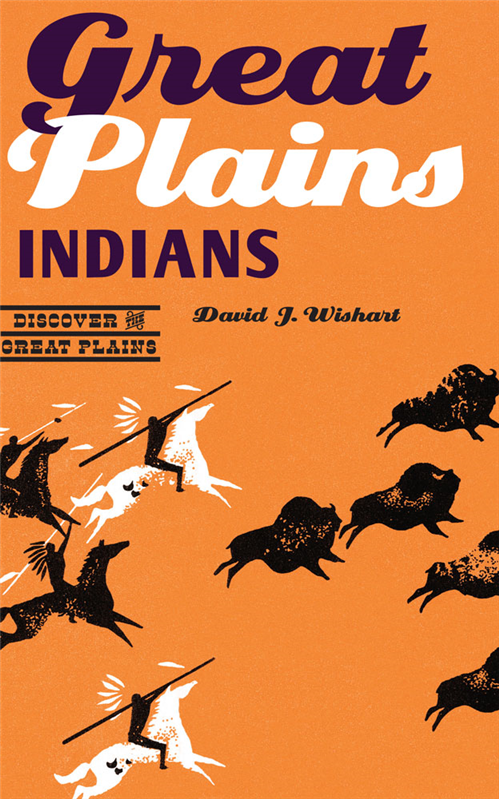
“Great Plain Indians,” by David Wishart, historical geographer with SNR, kicks off the small-books series, “Discover the Great Plains,” a collaboration by the Center for Great Plains Studies and the University of Nebraska Press.
The series is meant to bring a variety of Great Plains topics to a general audience. Books will be short, about 125 pages, and will cover topics such as geology, culture, natural wonders and bison, according to the CGPS.
“These books bridge the gap between the specialized, often-technical writings of scientists and scholars and the interested general reader,” the CGPS website states. “The series’ authors, experts in their fields, use their own personal experiences as well as their deep knowledge to create entertaining and authoritative guides to important aspects of the region.”
For Wishart, that's the Great Plains Indians.
“This book is one I've worked out over 40 years,” he said. His years of researching and teaching on the Great Plains Indians enabled him to hone in on what would be engaging to a broad audience. “This book is a huge topic. No one Indian nation shares the same history as another.”
Yet, Wishart's role as a historical geographer is to explain how people live in one place at one given time and what the rhythm of their lives are.
“That was my filter when I came to decide what to put in and what to leave out,” he said.
To begin, Wishart started with the 2010 census data on Native American populations, then looked back to 13,500 years ago when the first populations were leaving their mark on the Great Plains (though they were almost certainly here before that, Wishart notes). To finish, Wishart brought readers back to the present time.
“I tried to be inclusive both geographically and temporally,” he said. “A lot of the Great Plains is what we'd call Indian country. It contains sacred and profound places. American Indians have sacred places we don't see.” (Find a map of the Great Plains region here.)
In the book, Wishart tackles the exploitation of Native American nations since the arrival of Europeans several hundred years ago; he looks at their displacement to territories; and then to their unwilling sales of those lands over the course of 100 years. Finally, he looks at how Native Americans have thrived despite, at times, difficult odds.
For example, a current surge in population among Native American nations in the Plains region has created a viable and persuasive electorate in some Great Plains states, Wishart said. “If they can get it together, they've got clout.”
A reason for optimism, he writes in the book, and a reason why in the future, Native Americans very likely will again have influence and authority in the Great Plains.
Get the book
The book is available from University of Nebraska Press, the publisher of the series. Buy it here: http://www.nebraskapress.unl.edu/product/Great-Plains-Indians,677230.aspx
A look ahead
Other books scheduled in the series include:
- “Great Plains Geology,” Robert Diffendal, Research Geologist Emeritus, UNL;
- “Great Plains Bison,” Dan O’Brien, wildlife biologist, bison rancher, author of Wild Idea: Buffalo and Family in a Difficult Land (2014);
- “Great Plains Literature,” Linda Pratt, UNL Professor Emeritus, English;
- “Great Plains Weather,” Ken Dewey, Applied Climate Science Mission Area Leader, UNL;
- “Great Plains Politics,” Peter Longo, University of Nebraska at Kearney Professor, Political Science;
- “Great Plains Birds,” Larkin Powell, Professor, School of Natural Resources.
- Shawna Richter-Ryerson, Natural Resources
More details at: http:/snr.unl.edu